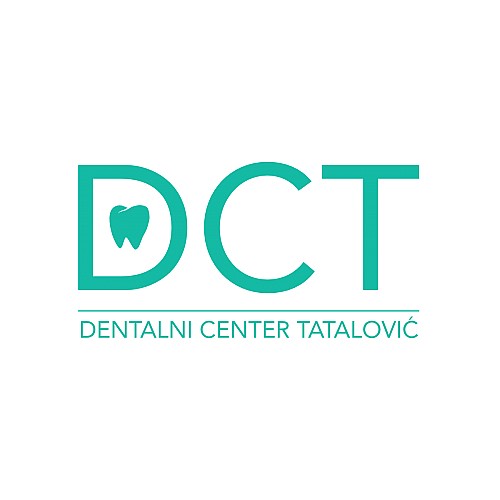In order to maintain good oral hygiene, correct brushing, interdental brushing, flossing of teeth and the use of mouthwashes should be followed by regular teeth scaling.
Tartar is formed when saliva mineralises dental plaque that has not been sufficiently removed. Most tartar is formed at places where saliva is produced, e.g. at the lingual side of lower front teeth and facial side of upper back teeth. Unless tartar is regularly removed, intense bacteria deposits form on it, which leads to gum inflammation and the resulting periodontal disease. Inflamed gums are red, can be painful during brushing and most often bleed when teeth are being cleaned.
Periodontal disease is a chronic inflammation of periodontal tissues.
The first sign of periodontitis is the formation of periodontal pockets. When periodontitis has progressed, the gum retreats, and teeth become longer and loose. Untreated periodontal disease results in a loss of teeth.
Brushing
- A small toothbrush with a high number of soft bristles. Agile circular movements or use of an electric toothbrush.
- Brush in an orderly sequence, starting with interior surfaces that are most inaccessible, to continue on exterior accessible surfaces of teeth.
- Brush one tooth at a time at a 45 degree angle towards the gum, moving forward through the oral cavity. With such method we will not leave any part unclean.
- Brush right to the gum, because most bacteria accumulate there.
Flossing
- Use a floss of the right length. Wind the floss around the middle fingers to keep it tense. After that move the floss above the tips of first fingers, in order to reach interdental spaces.
- Upper front teeth can be flossed by placing one end of the floss to the tip of the first finger, and the other end on the thumb.
- Floss between teeth with slight sawing movements, and pure movements up and down. Try to reach all surfaces of the teeth and place the floss slightly under the gum.
Tongue cleaning
Tongue cleaning is an important part of oral hygiene which contributes to a fresh breath. The tongue is a reservoir for microorganisms causing gum diseases, caries and bad breath. With the use of a tongue cleaner we can reduce the number of bacteria in the mouth and freshen our breath.
Mouthwashes
Only a few people are so thorough in brushing and flossing that the use of mouthwash would not be beneficial. Daily use of a mouthwash can eliminate food particles and bacteria which have not been eliminated with brushing and flossing, making it highly effective in breath improvement.


